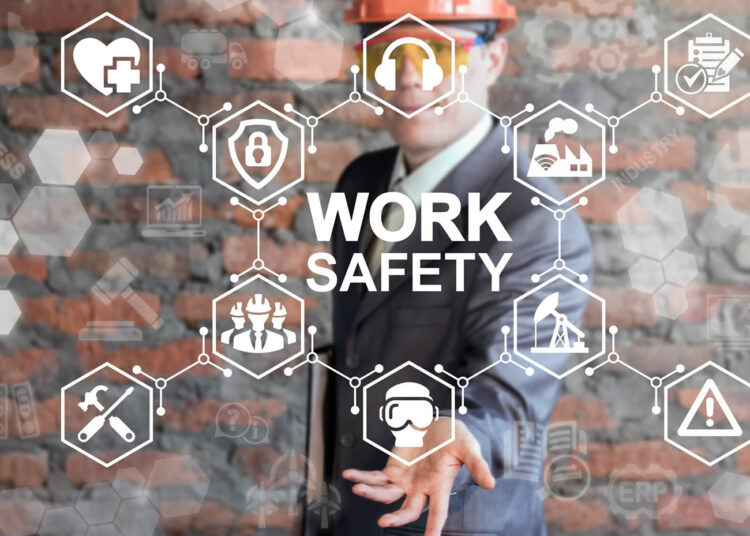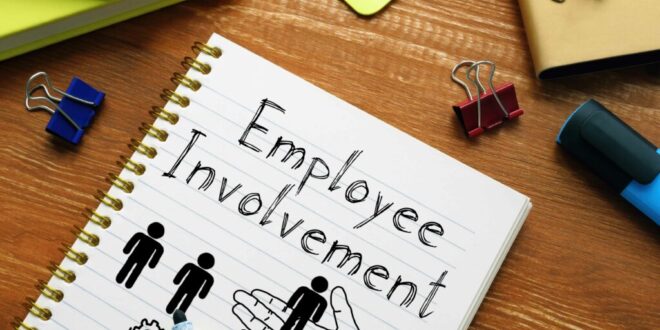Creating a safe and healthy workplace isn’t just a matter of compliance; it’s a shared responsibility. Companies that actively involve employees in their health and safety programs see lower accident rates, higher engagement, and stronger trust between teams and management. Employee participation transforms safety from a checklist to a living part of workplace culture, one that everyone takes ownership of.
Key Highlights:
- Active participation reduces workplace incidents and improves communication.
- Employees offer first-hand insights about potential risks.
- Training and inclusion boost confidence and responsibility.
- Safety culture becomes collaborative, not top-down.
- Regular feedback loops sustain improvement over time.
The Value of Participation in Building Safer Workplaces

When employees are involved in shaping safety policies, the results are tangible. They’re the ones operating machinery, handling materials, or working in potentially risky environments, so their perspective is invaluable. A top-down approach often misses small but critical hazards that only frontline workers see daily. In contrast, inclusive participation encourages early reporting, proactive prevention, and honest discussion of unsafe practices.
When workers have a say in designing safety procedures, they are more likely to follow them with diligence and pride. It also bridges the communication gap between management and staff, creating a culture where feedback is welcomed rather than feared.
Training as the Foundation of Employee Empowerment
Education and training are the cornerstones of meaningful safety involvement. Employees who understand the “why” behind protocols are far more motivated to uphold them. That’s why structured programs such as SAM utbildning are so effective. They guide both employers and employees through the principles of systematic work environment management, by teaching them how to identify risks, document hazards, and continuously improve safety performance.
Proper training not only raises awareness but also gives employees the skills to act confidently. They learn how to assess situations objectively, respond appropriately to incidents, and even contribute ideas for long-term improvement. This shared competence builds trust and accountability across the organization.
Creating a Culture of Shared Responsibility

True health and safety success depends on culture, not just rules. A culture of shared responsibility means that safety isn’t seen as “management’s job” but as a joint effort that includes every team member. When employees feel responsible for each other’s well-being, safety becomes part of everyday conversation rather than an occasional audit.
Leaders can strengthen this culture by recognizing proactive behavior, praising those who speak up about hazards or propose solutions. Regular meetings, suggestion boxes, and peer-led inspections can turn participation into a habit. The more employees see their input taken seriously, the more likely they are to stay engaged.
The Role of Communication and Feedback
Open communication is what turns a static safety policy into a dynamic system. Feedback loops ensure that everyone, from new hires to senior staff, understands current risks and recent improvements. Companies that encourage two-way communication tend to catch issues earlier, resolve them faster, and build a stronger sense of teamwork.
In practical terms, this can include short daily briefings, accessible reporting tools, or anonymous surveys that let employees share honest concerns. When workers know their voices are heard, compliance stops feeling forced, it becomes a matter of pride.
Continuous Improvement and Measurable Results
Employee involvement makes health and safety a continuous process instead of a one-time project. Each cycle of planning, implementation, review, and improvement strengthens the system further. Workers’ insights often lead to smarter solutions like rearranging equipment for safer workflow or simplifying emergency procedures.
Organizations that track safety performance over time can directly see the impact of engagement. Reduced accident rates, lower absenteeism, and higher morale aren’t coincidences, they’re measurable outcomes of collaboration.
Final Thoughts

A strong health and safety culture doesn’t happen by chance; it grows through consistent participation and shared learning. When employees are encouraged to take part, they stop being passive rule-followers and become active contributors to their own protection and that of their colleagues.
Involving workers in safety programs builds a sense of unity, ownership, and trust that no regulation alone can achieve. It’s proof that when everyone works together, health and safety stop being obligations, they become natural parts of how people work, think, and care for one another.
 Hi Boox Popular Magazine 2025
Hi Boox Popular Magazine 2025



